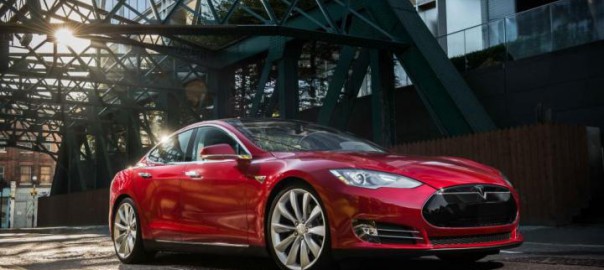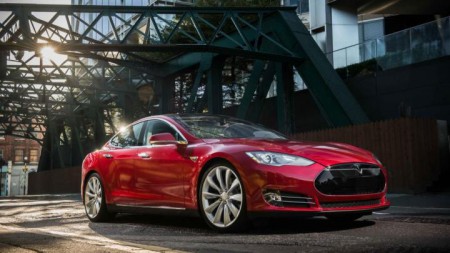One year into its new ownership, the Source London charging network isn’t only improving its offering to electric vehicle owners, it’s about to become the basis of a large-scale car sharing scheme.
“London should be even more electric vehicle orientated than Paris – it should be the leading city in Europe,” says Cédric Bolloré. “We want to give the citizens of London an easy way to use non-polluting form of transport. Autolib appeals to public transport customers who occasionally need to use their own car – one Autolib car takes nine cars off the street according to our studies.”
The challenge:
Bolloré Group took control of the former Plugged-in Places scheme, Source London, in September 2014. Notoriously unreliable, this included 835 charging points spread across the Capital’s boroughs, with a 60% availability rate.
In its first year, the Group’s subsidiary, BluePoint London, has invested £10m in a back-office system enabling boroughs to see how often the network is used, and replaced units as necessary. At the end of August, it reached 85% accessibility and grew network slightly to 845 charging points, targeting of 98% of 1,000 units by the end of 2015.
Read more: Fleet World



